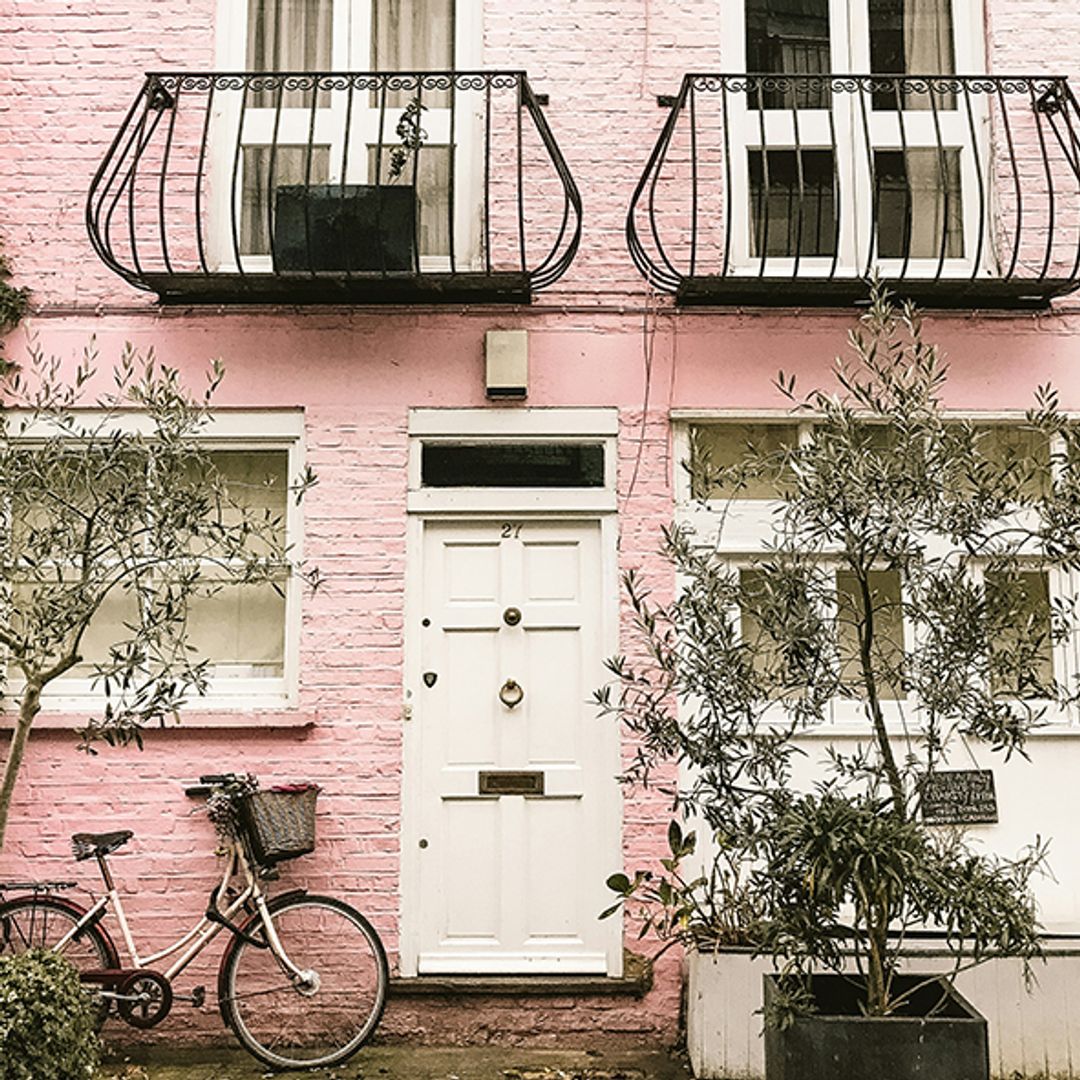Under the title Titian, Tintoretto, Veronese: Rivals in Renaissance Venice, the Louvre in Paris offers the chance to admire more than 85 masterpieces of these three great painters drawn from the museum's own permanent collection as well as works on loan from other European museums.
The impressive exhibition not only gives us a chance to understand the egos and jealousies of these artistic rivals at the height of their creativity and artistic maturity, but it also offers an unprecedented view of the transition from the Italian Renaissance to Mannerism.
The exhibition, which opens with Danae and the shower of gold by Titian (1485-1576) and is arranged both thematically and chronologically, reveals some of the secrets of the relationship between the three.
It seems that Tintoretto (1518-1594) started out in Titian's studio, but, following a disagreement, suddenly left the workshop. Titian, the absolute master, was offended that an apprentice should abandon his workshop, and focused on preventing Tintoretto from obtaining commissions from the nobility and rich patrons.
In addition, Veronese (1528-1588) moved to Venice and became a protege of Titian, and a pawn in the rivalry between the master and his erstwhile student. Veronese overshadowed Tintoretto and received the most important commissions.
This triangle of artistic competitiveness, confrontation and mutual inspiration was played out in sixteenth-century Venice.
The topics of the paintings on display correspond to the tastes of the 200 principal families who held power in the city; they favoured naturalistic art combining the sacred and the profane, as well as promoting the enjoyment of material and colour.
The grand finale of the exhibition, which also includes some 30 works of other artists connected to Titian, his protege Veronese and the unfavoured Tintoretto, is the Danae Titian himself painted for Felipe II of Spain, on loan from the Madrid's Prado Museum.







